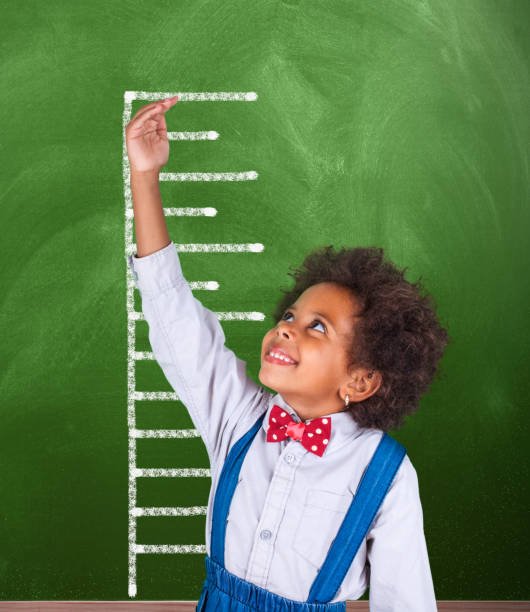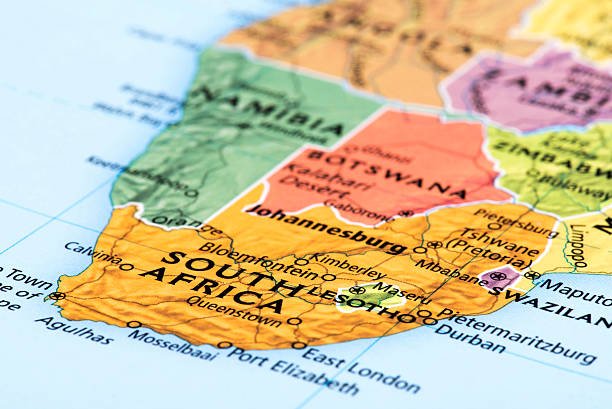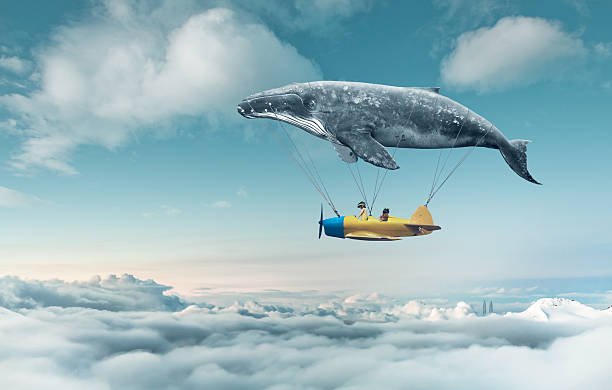What drives our behaviour and shapes our personality as we grow? How do we transition from infancy to adulthood, and what internal forces guide this journey?
Sigmund Freud, the founding father of psychoanalysis, pondered deeply on these questions. His theory of psychosexual development suggests that as individuals progress from infancy to adulthood, their libido (or sexual energy) shifts between different areas of the body, which he termed as “erogenous zones”. Each stage of this development is centred on a specific zone, and challenges faced during these stages can influence one’s personality and behaviour throughout life.
The Stages of Personality Development and Centres for Energy, According to Freud
The stages of personality development proposed by Sigmund Freud in his theory of psychosexual development centre around different erogenous zones as focal points of pleasure and conflict. These stages are: 1) the Oral Stage (0-1 year) where the mouth is the primary centre of pleasure and activities like sucking and biting dominate; 2) the Anal Stage (1-3 years) which revolves around the anus, with toilet training as a central activity; 3) the Phallic Stage (3-6 years) focused on the genitals, introducing concepts like the Oedipus and Electra complexes; 4) the Latency Stage (6-puberty) which is characterised by dormant sexual feelings; and 5) the Genital Stage (puberty onwards) where the genital area is again the primary focus, and mature, adult relationships develop. Freud believed that fixation or unresolved conflicts in any of these stages could influence an individual’s personality and behaviour in adulthood.
Freud’s Stages of Personality Development and their Centres for Energy (Erogenous Zones):
- Oral Stage (0-1 year):
- Centre for Energy: Mouth
- During this stage, the child’s primary source of interaction and pleasure is the mouth, evident in sucking, biting, and breastfeeding. Issues or fixations at this stage, such as early weaning or over-feeding, might lead to oral-fixated personalities in adulthood, manifesting as smoking, overeating, or excessive talking.
- Anal Stage (1-3 years):
- Centre for Energy: Anus
- This stage is centred around toilet training, a significant aspect of a child’s life at this age. A strict or lenient approach to this training can result in an anal-retentive or anal-expulsive personality, characterised by traits like obsessiveness or messiness, respectively.
- Phallic Stage (3-6 years):
- Centre for Energy: Genital (specifically the phallus)
- During this stage, children become aware of their sexual identity, leading to the Oedipus complex in boys and the Electra complex in girls. Fixation or unresolved conflicts here can influence future relationships and interactions with the opposite sex.
- Latency Stage (6-puberty):
- Centre for Energy: Dormant sexual feelings
- This stage is marked by a period of sexual dormancy where interactions and friendships with peers of the same sex play a crucial role. Freud believed that sexual urges are more or less dormant during this stage, focusing more on social and intellectual development.
- Genital Stage (Puberty onwards):
- Centre for Energy: Genital
- As adolescents mature, the focus shifts to mature, adult relationships. The earlier stages play a role in shaping the dynamics and health of these relationships.
The Lasting Impact of Freud’s Stages:
Freud’s theory suggests that successful navigation through each stage results in a healthy personality. However, being fixated at any given stage can have lasting implications, influencing behaviours, habits, and interpersonal relationships in adulthood.
In Conclusion
Freud’s psychosexual stages offer a lens to view the journey of personality development through the shifting centres of energy. While his theories have been both revered and critiqued, they undeniably lay foundational groundwork in understanding human behaviour. The pressing question remains: how can modern interpretations of these stages guide our understanding of personality and developmental psychology today?






